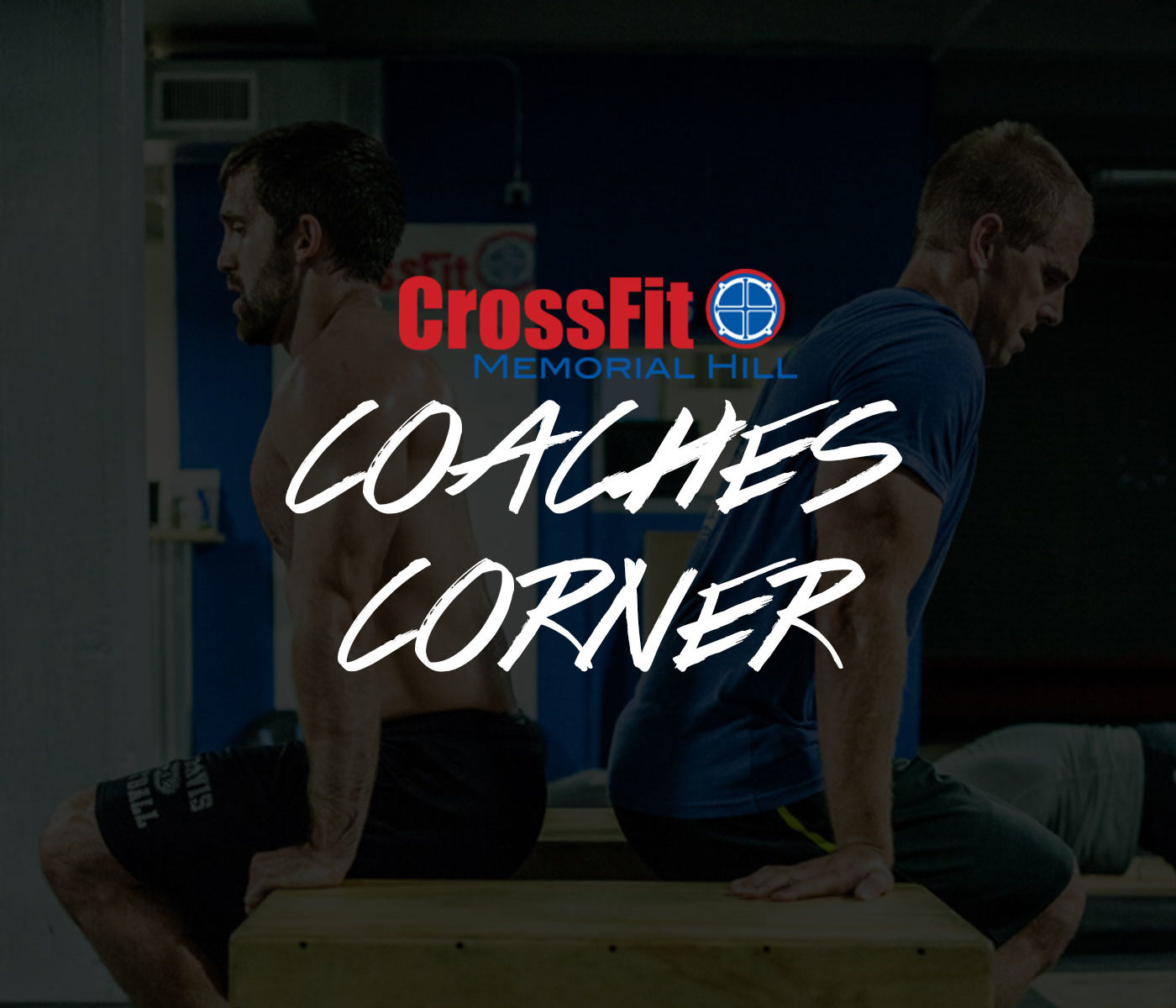There’s no Carfax for fitness, but you should be just as diligent in seeking out your fitness community. Here’s a basic template for choosing the right fit.
1. The Business
Before you set out on your journey of finding a new fitness home, you must first understand CrossFit’s affiliate model. CrossFit as a training program is guided by broad, generalized training principles defined as: “constantly varied functional movement performed at a high intensity.” From there each affiliate is as similar to each other as one restaurant is to another. All serve food but each varies in quality, service delivery, and price. An experience at one affiliate is just that – one experience. So shop around.
Action step: Email or call (leave a voicemail; most affiliate owners also coach and train) all the affiliates in your area. Don’t be afraid to travel for the right fit.
2. Cost
If you’ve had $11 auto-drafted from your checking account for the last couple years for a gym membership you never use, you will experience some sticker shock. If you’ve paid $60-$70 per hour for personal training, the value you experience will be astounding.
In every corner of the economy we understand value proposition – cars, food, houses, tools, wine, nightlife – that, generally speaking, when we pay a premium we receive a premium product. Unfortunately, our health is the last thing in which we find value since we don’t see the need until it’s too late. As a general rule (see #1), most CrossFit gyms bank on 100% of their membership showing up and working out 3-6 times/week. The gym you go to now is aiming for 8%-9% of their clients showing up — ever. CF gyms spend little money on marketing & air-tight contracts, but rather rely on the results and referrals of their small but engaged membership.
Action step: Add up your total monthly cost of social expenditures (happy hours, nights out, dinners) that are deteriorating your health. Make a choice.
3. Coaching
Credentials are important. At the very least your coach should hold a CF-L1 designation or be involved in an observed internship that culminates in this certificate. Other specialty certificates are also available and great additions to your coach’s resume.
Here’s the BUT – how well does your coach distill down all those letters behind his or her name into a relevant bit of knowledge to you, today? This is what distinguishes good coaches from great coaches – an uncanny ability for pattern recognition and communication. These are things that cannot be taught in a weekend seminar, but learned through a passionate pursuit of excellence.
Action step: Chat with a coach about your particular training goals and how they believe CrossFit will help you achieve those goals.
4. Programming
There was a time in CrossFit’s history when it was not uncommon for programmers to randomly select movements, loads, and rep schemes out of a hat and have their athletes get after it. This is fun every once and awhile, but will not give you great results for the next several decades.
Well that pendulum has swung violently in the other direction. I field hundreds of emails from traveling CF’ers who are convinced with every fiber of their being that they cannot miss a single repetition of an infinitely complicated 24-week Yugoslavian single-leg squat cycle. Here’s the thing: you can find hundreds of good programs online. But what makes a great program?
Great programs are tested by the programmers. Great programs are interested in not only what’s on paper, but how their athletes will interact with – physically, socially, and psychologically – what’s on paper. Great programs can answer why just as well as they can answer what.
Action step: Ask the prospective gym’s programmer why they program what they do. Common elements of great programs will consist of: progressive overload, testing, and de-loading.
5. Systems, not Snowflakes
As a consumer, this will be the toughest pill to swallow. A great CrossFit gym will have a system whereby every new member is on-ramped both physically and (more importantly) to the culture of that particular gym. A great gym will test, re-test, tweak, and constantly evaluate these programs to be applicable to anyone that walks in the door.
You will be tempted, as you shop around, to feel exempt from whatever system the gym has put in place. Maybe you played college football or you’re a powerlifter with a 600-pound deadlift. An exception to the system is indicative of a larger issue, however.
A great system has room to accommodate a really strong powerlifter or a former college athlete. Allowing you to be exempt from their system, a gym is saying a couple things: 1. Your money today is more important than your safety and the rest of my membership. 2. Burnout is coming – a gym full of individuals not invested in the good of the community is exhausting for your coaches and for the owner of the gym. It’s unmanageable.
Action step: Don’t push back on being “on-ramped.” A coach’s insistence on this process means their system is evergreen, manageable, and scalable.
If you’re ready for some real, lasting results there’s no more efficient training protocol than CrossFit (maybe I’m biased?). I’ve never had a single person (out of the 2000 or so that have tried it out) say that it wasn’t a good workout or they felt unsafe. So try out some classes at a box near you. It may not be for you, but at least you won’t be saying so from the sidelines.

